1. Characteristics of Kyoto cuisine
Kyoto cuisine stands out with its unique characteristics (Photo source: Collected)
Kyoto cuisine is distinguished by its unique characteristics, creating an unmistakable identity. Kyoto people attach great importance to the use of fresh seasonal ingredients, reflecting the changes of nature through each typical dish. Not only focusing on flavor, Kyoto cuisine is also a visual feast with sophisticated presentation and harmonious colors, creating beautiful works of culinary art.
The delicate, light flavors of Kyoto cuisine celebrate the natural beauty of the ingredients while reflecting the sophistication of the local culinary culture. Kyoto chefs employ complex cooking techniques that require patience and skill, creating unique and refined dishes. In particular, the profound influence of tea ceremony culture has contributed to the unique Kyoto culinary style, with many dishes developed specifically to be served during traditional tea ceremonies.
2. Famous dishes of Kyoto
2.1. Kaiseki Ryori
Kaiseki Ryori is considered the quintessence and pinnacle of Kyoto culinary art (Photo source: Collected)
In Kyoto cuisine, Kaiseki Ryori is considered the quintessence and pinnacle of culinary art. This is a complex meal consisting of many courses served in a strict order, each course is a delicate work of art with a harmonious combination of flavors, colors and presentation. A traditional Kaiseki meal in Kyoto cuisine usually begins with Sakizuke - a small appetizer to stimulate the taste buds, followed by Wan-mono - a light soup.
Afterwards, diners will enjoy Mukozuke - fresh sashimi, Hassun - seasonal dishes that represent the essence of Kyoto cuisine, and Yakimono - grilled dishes with rich flavors. The meal ends with Mizumono - a sweet dessert. Every part of the Kaiseki meal shows the sophistication and class of Kyoto cuisine, from the selection of ingredients to the preparation and presentation.
2.2. Yudofu
Yudofu dish is especially popular on winter days (Photo source: Collected)
Yudofu, a Kyoto culinary masterpiece, is especially popular during the winter months. This dish is more than just boiled tofu; it is a culinary experience in itself. Soft, velvety blocks of tofu are gently dropped into a pot of simmering dashi. The sweet aroma of kombu seaweed and katsuobushi flakes blend with the richness of the tofu to create an unforgettable symphony of flavors.
When enjoying yudofu, diners often dip each piece of hot bean into the sour and spicy ponzu sauce, adding a little bit of the spicy taste of fresh ginger and the gentle aroma of green onions. This perfect combination brings a warm feeling spreading throughout the body, dispelling the cold of winter.
2.3. Nishin Soba
The delicate blend of Nishin soba (Photo source: Collected)
Nishin soba, a culinary icon of Kyoto, is a perfect combination of traditional flavors and culinary sophistication. This dish is made with chewy buckwheat noodles in a rich broth and garnished with golden grilled herring slices.
The main ingredient of the dish, herring, is carefully selected and then grilled over hot coals until the skin is crispy and the fish meat becomes tender and sweet. The distinctive aroma of the herring blends with the sweet taste of the dashi broth, creating an unforgettable symphony of flavors. Each strand of soba noodles when put into the mouth brings a feeling of chewy, absorbing the sweetness of the broth and the richness of the herring.
2.4. Obanzai
Obanzai is a precious culinary heritage of Kyoto (Photo source: Collected)
Obanzai, a precious culinary heritage of Kyoto, is a collection of simple yet flavorful home-cooked dishes. With the motto of making the most of local and seasonal ingredients, Obanzai is not just a meal but also an art that expresses appreciation for nature and life.
Each Obanzai dish tells its own story, telling the subtlety of the combination of ingredients. Kinpira Gobo, with its crispy stir-fried dandelion root fibers, imbued with the sweetness of sugar and the mild spiciness of ginger, is a typical example. Hijiki no Nimono, a soft, chewy hijiki seaweed stew, combined with the light sweetness of dashi broth, brings a warm, cleansing feeling. And Tamagoyaki, a Japanese-style rolled egg with a golden outer layer and a soft, smooth inside, is a work of culinary art, not only delicious but also beautiful.
2.5. Matcha and desserts
Zen Garden is the cradle of matcha green tea (Photo source: Collected)
Kyoto, an ancient city in Japan, is not only famous for its sacred temples and peaceful Zen gardens, but also for being the birthplace of high-quality matcha green tea. Matcha, with its distinctive delicious flavor and refreshing jade green color, has become a symbol of Japanese culture.
In addition to enjoying traditional matcha by brewing tea, visitors to Kyoto also have the opportunity to explore a diverse culinary world with matcha as the main ingredient. Matcha desserts not only bring delicious flavors but also a great visual experience.
Kyoto cuisine is an indispensable part of the journey to discover the thousand-year-old ancient capital of Japan. With a delicate combination of tradition and creativity, Kyoto cuisine brings diners unique and memorable culinary experiences. From luxurious Kaiseki meals to popular street food, Kyoto has countless options to satisfy every taste. Let Kyoto cuisine take you on a journey to discover Japanese culture and history through each delicate and meaningful dish.
Source: https://www.vietravel.com/vn/am-thuc-kham-pha/am-thuc-kyoto-v15765.aspx


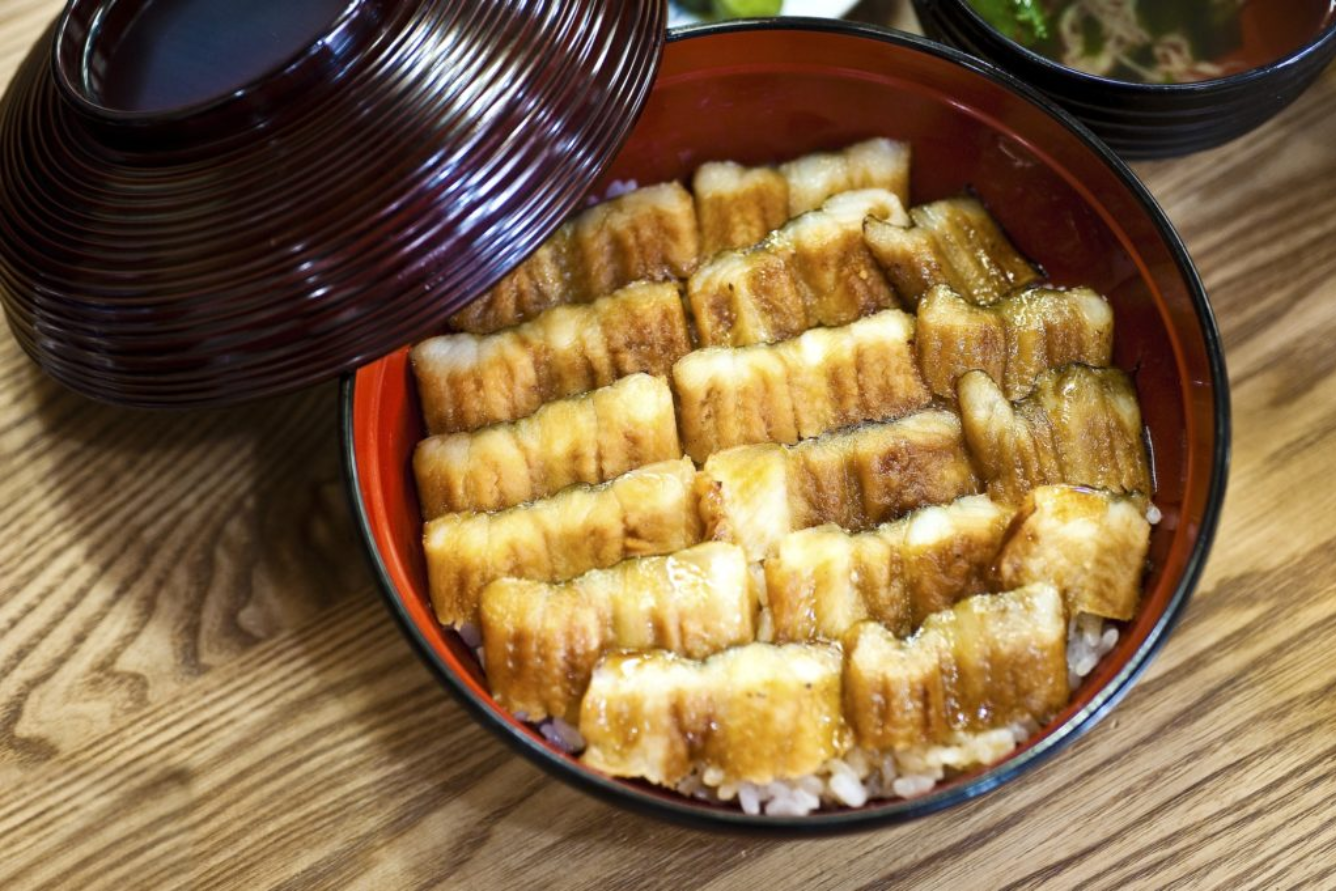
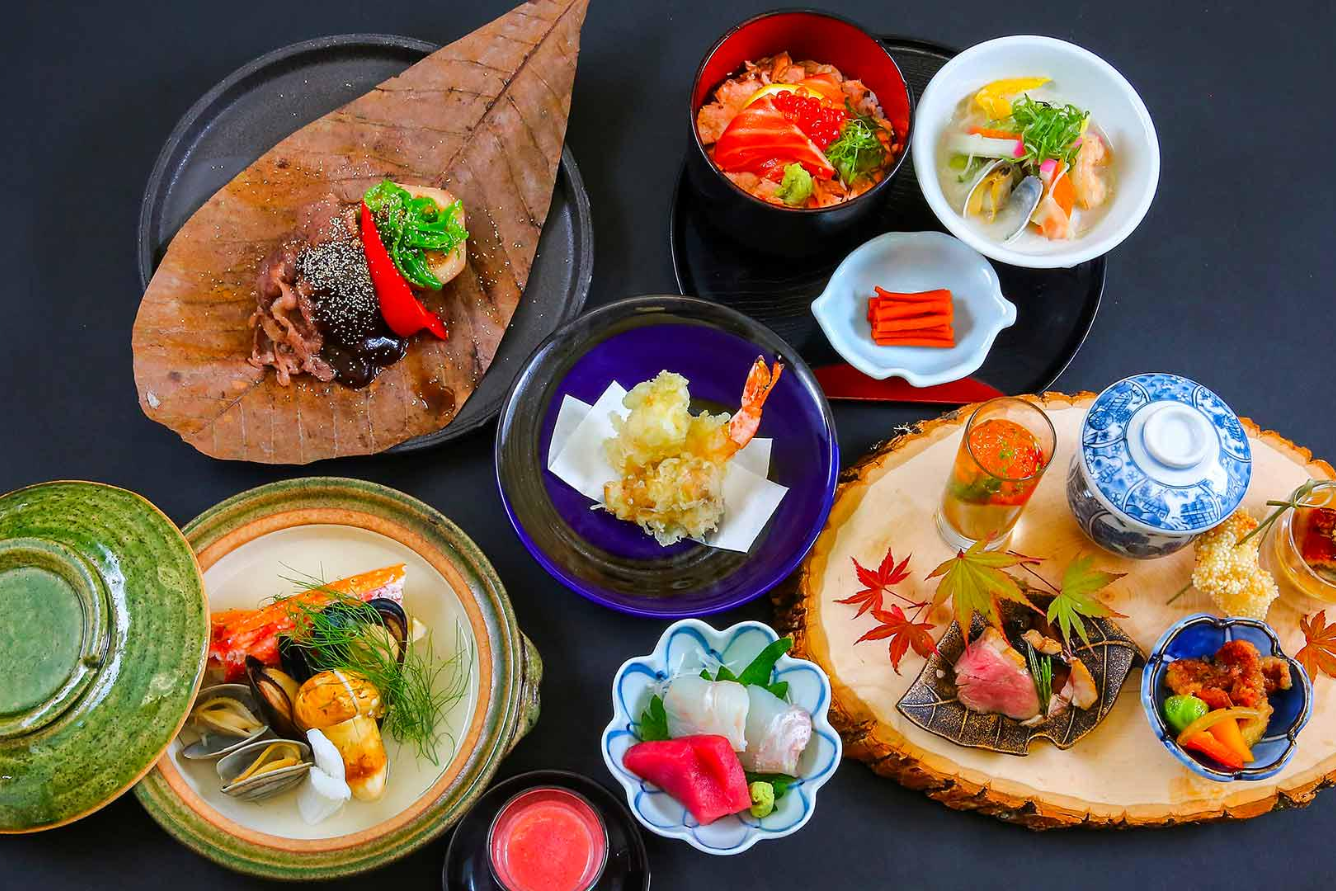
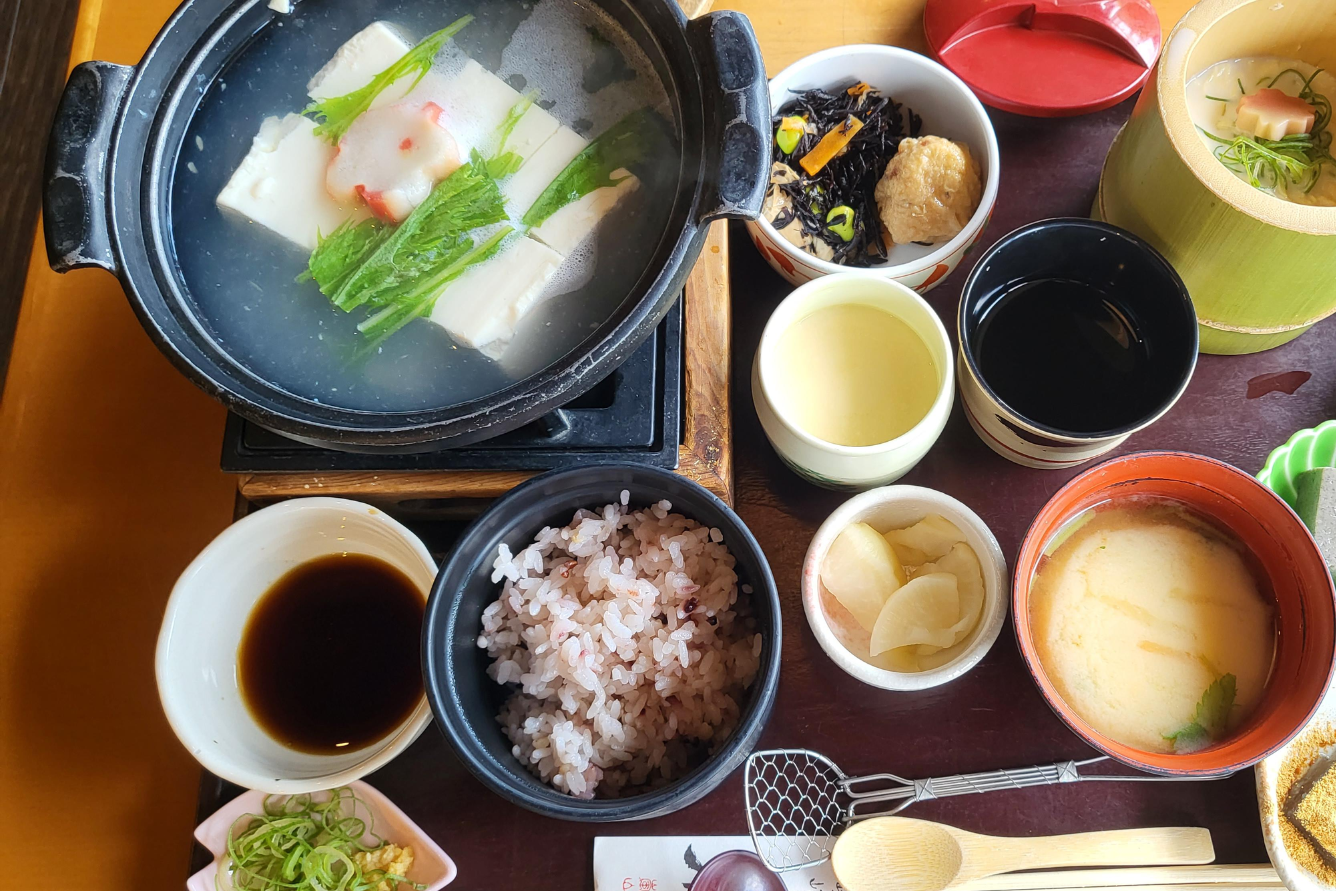
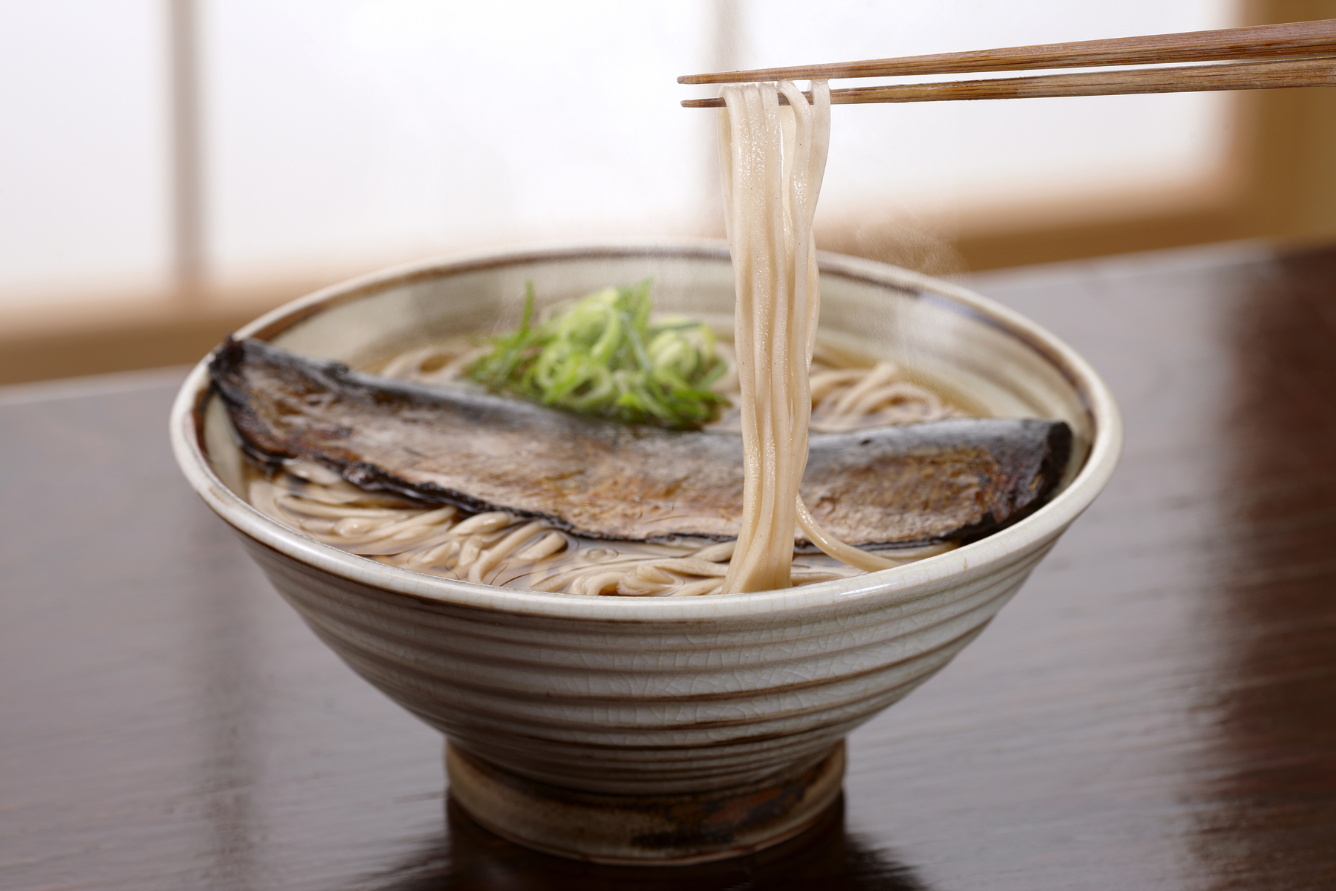
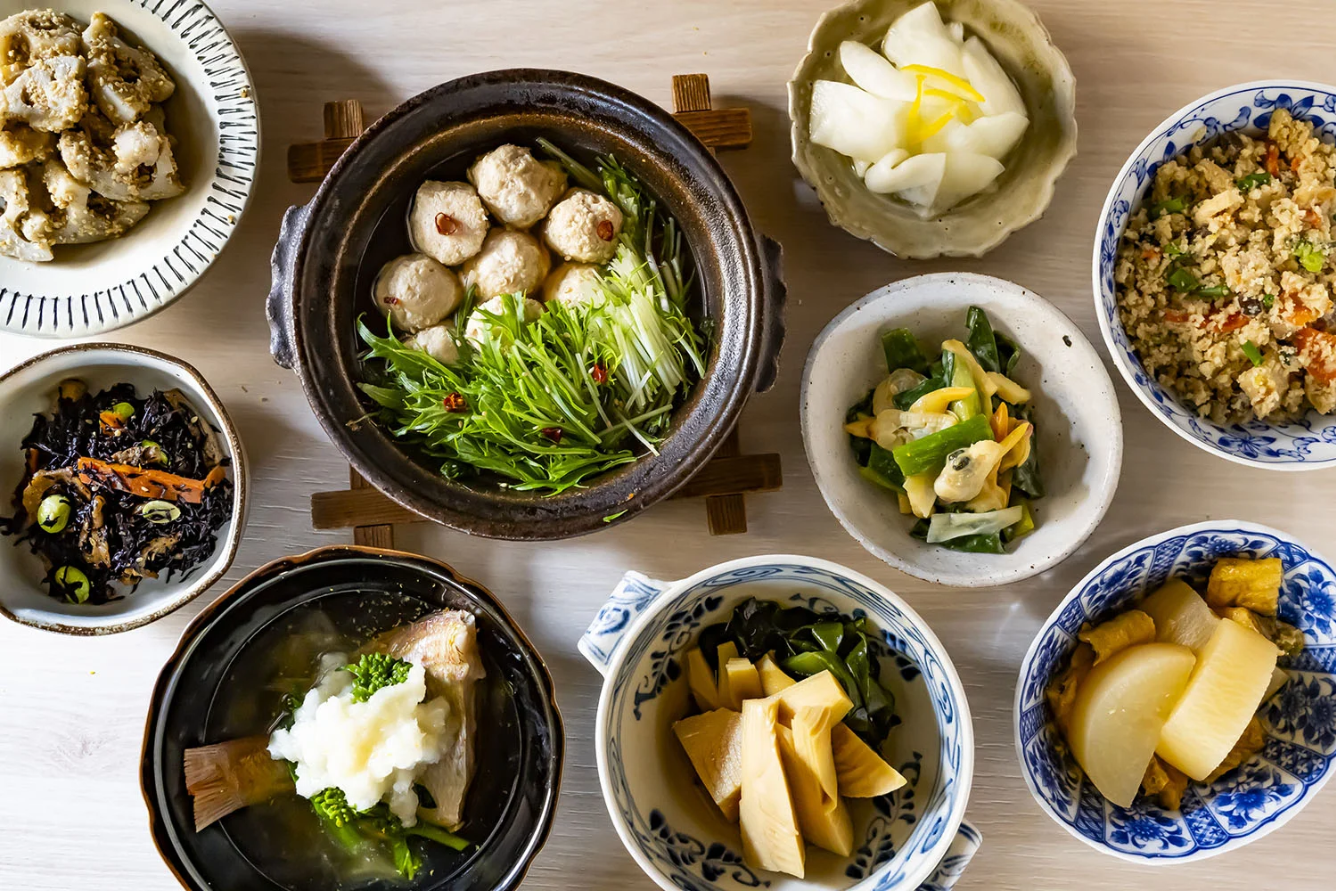
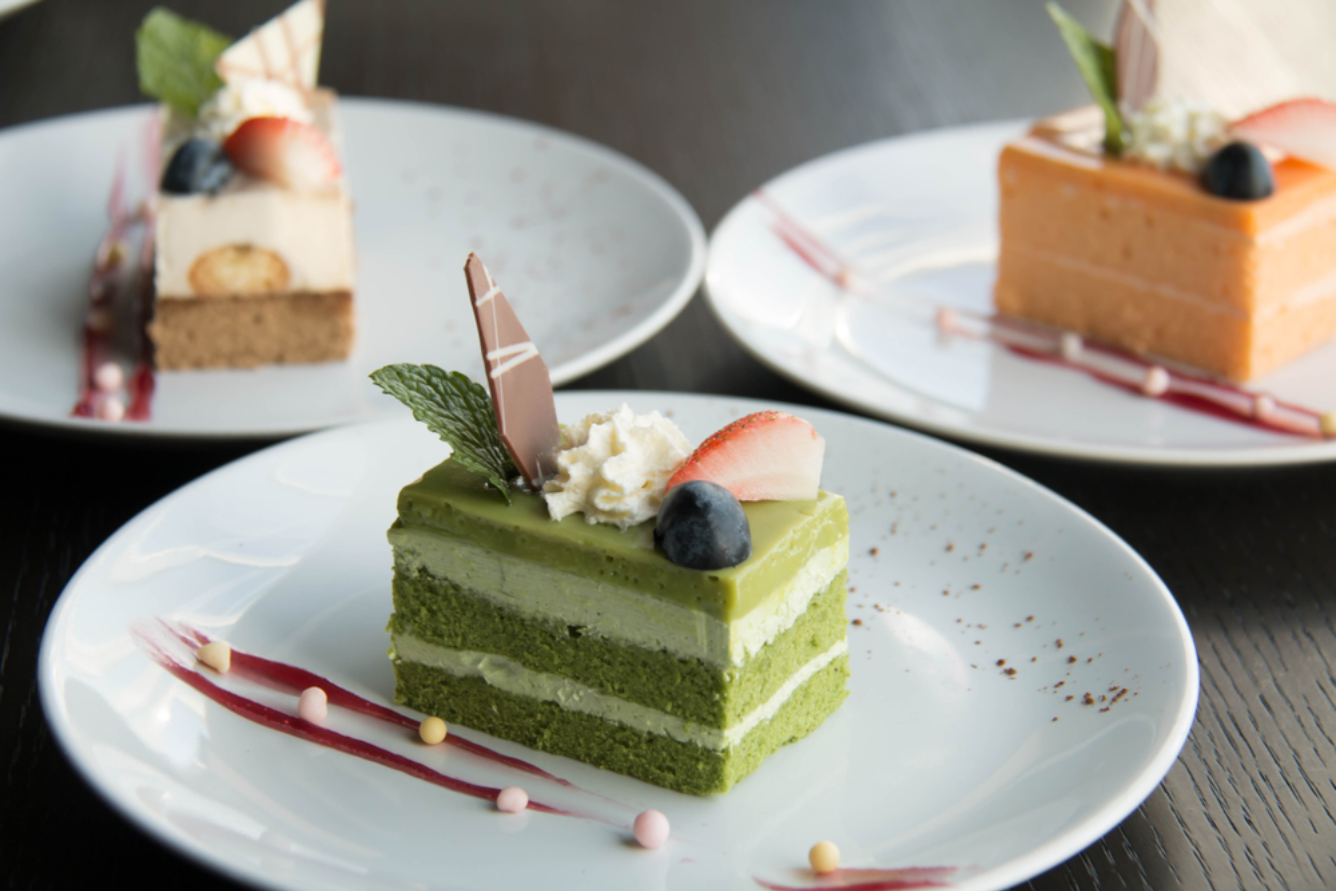






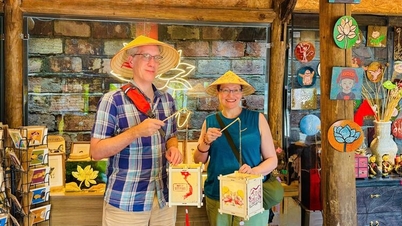



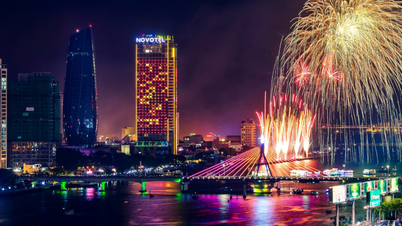



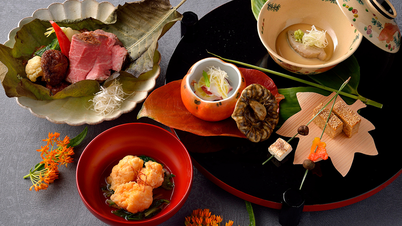



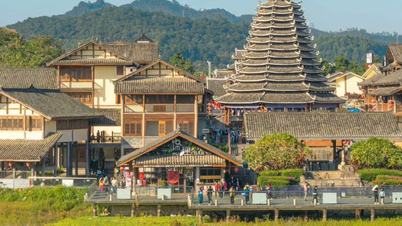
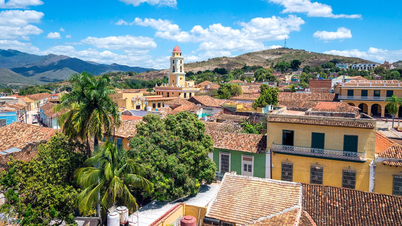






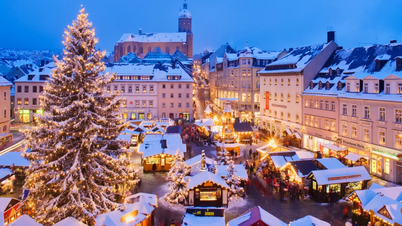

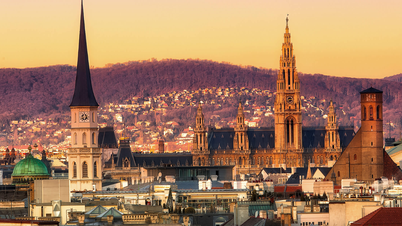




















































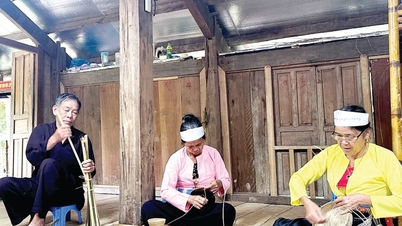





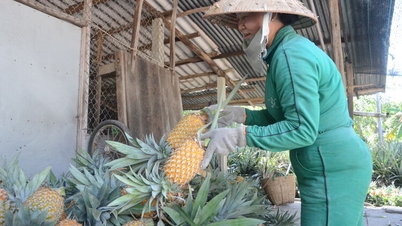













Comment (0)